
 Instagram
Instagram
Related products
What is RF Microneedling?

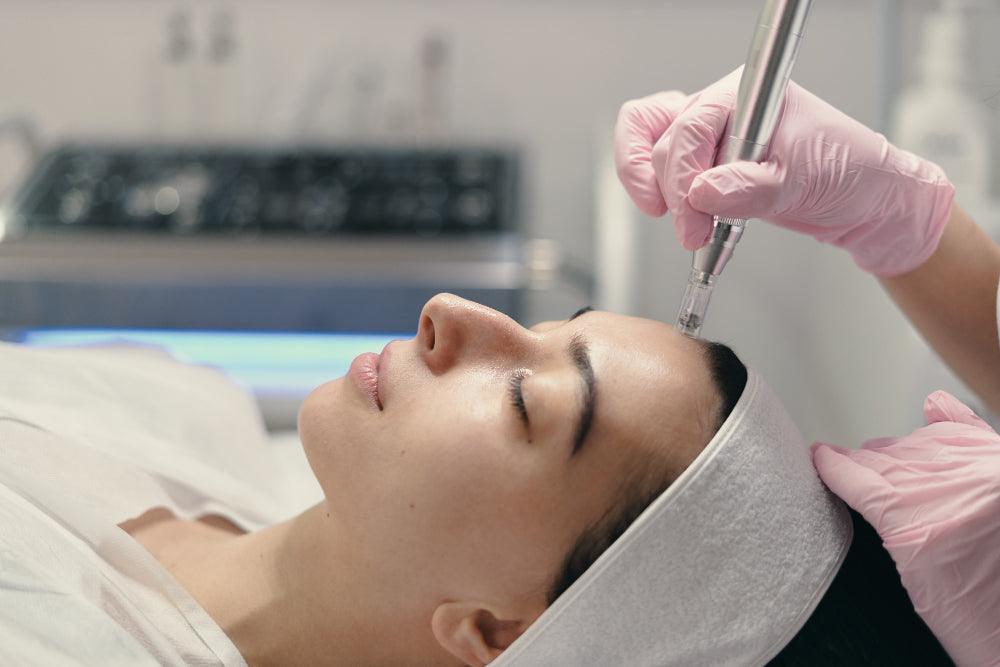
Related products
RF Microneedling
RF microneedling combines traditional microneedling techniques with radiofrequency energy to rejuvenate and repair the skin. It involves the use of fine needles to create micro-injuries in the skin, stimulating the body's natural healing process, while the radiofrequency energy heats the deeper layers of the skin to promote collagen and elastin production.
The technique has evolved from traditional microneedling practices, incorporating radiofrequency energy for enhanced effects. Initially, microneedling was used as a standalone treatment for skin issues. However, the integration of RF energy has marked a significant advancement in the field, providing more substantial results in skin tightening and scar reduction.
RF microneedling has gained immense popularity in cosmetic treatments due to its efficacy in addressing a wide range of skin concerns. Its ability to improve skin texture, tone, and firmness without significant downtime has made it a preferred choice for those seeking non-surgical skin rejuvenation methods.
What is RF Microneedling?
Radiofrequency technology uses energy waves to heat the deep layer of the skin, known as the dermis. This heat stimulates the production of collagen and elastin, which are crucial for maintaining the skin's firmness and elasticity.
How RF Enhances Traditional Microneedling
RF microneedling surpasses traditional microneedling by delivering RF energy directly into the dermis. This enhances the natural healing process, leading to more significant improvements in skin texture and tightness. Dr. Emily Martin, a dermatologist, states, "The addition of RF energy to microneedling induces a more robust production of collagen, making it superior to traditional microneedling in terms of results."
Differences Between RF Microneedling and Traditional Microneedling
The primary difference lies in the use of RF energy, which enhances the benefits of traditional microneedling. While both methods stimulate collagen production, RF microneedling reaches deeper layers of the skin, providing more pronounced and long-lasting results.
The RF Microneedling Procedure
Pre-Treatment Preparations and Considerations
Before undergoing RF microneedling, patients must consult with a qualified practitioner to discuss their medical history, skin concerns, and expectations. Sun exposure should be limited, and certain medications and supplements that can increase bleeding or sensitivity should be avoided.
Step-by-Step Description of the Procedure
The RF microneedling procedure involves cleansing the skin, applying a topical anaesthetic, and using a device to create micro-injuries while emitting RF energy. The process typically lasts between 20 and 30 minutes, depending on the treatment area.
Post-Treatment Care and Recovery Time
After the treatment, patients may experience redness and swelling, which typically subside within a few days. A tailored post-treatment skincare regimen is crucial to soothe the skin and enhance the healing process. Most patients can resume normal activities within a day, with full recovery taking up to one week.
Benefits of RF Microneedling
Skin Rejuvenation and Repair
RF microneedling effectively rejuvenates and repairs the skin by reducing the appearance of fine lines, wrinkles, and scars. It promotes a smoother, more youthful complexion through natural collagen production.
Reduction of Acne Scars and Wrinkles
This treatment is particularly beneficial for individuals with acne scars and wrinkles. By targeting the deeper layers of the skin, RF microneedling can significantly diminish the appearance of these imperfections. For more on acne continue to What Does Acne Around the Mouth Mean? and
Improvements in Skin Texture and Firmness
Patients often report improvements in skin texture and firmness following RF microneedling treatments. The procedure encourages the skin to become more resilient and elastic, resulting in a firmer, more toned appearance.
Benefits Over Other Skin Treatment Methods
Compared to other skin treatment methods, RF microneedling offers a minimally invasive solution with minimal downtime and fewer side effects. It is suitable for various skin types and tones, making it a versatile option for many patients seeking skin rejuvenation.
Ideal Candidates for RF Microneedling
Skin Types and Conditions Best Suited for RF Microneedling
RF microneedling is effective for individuals seeking improvement in skin texture, tone, and firmness. It is particularly beneficial for those with acne scars, fine lines, wrinkles, and mild skin laxity. According to dermatologist Dr. Laura Green, "RF microneedling is versatile and suitable for a variety of skin types, including those that may not be candidates for more aggressive laser treatments."
Who Should Avoid RF Microneedling
Individuals with active skin infections, severe acne, or certain medical conditions such as keloid predisposition should avoid RF microneedling. Pregnant or nursing women are also advised against undergoing the procedure.
Consultation and Considerations Before Undergoing Treatment
A thorough consultation with a qualified professional is essential to assess the suitability for RF microneedling. The consultation should cover medical history, skin concerns, and realistic expectations. Patients should also discuss any current medications or skin products being used to avoid adverse reactions.
Potential Side Effects and Risks
Common Side Effects Post-Treatment
Typical side effects include redness, swelling, and slight bruising, which generally subside within a few days. Temporary skin dryness and flaking may also occur as the skin rejuvenates.
Risks Associated with RF Microneedling
While generally safe, there are risks such as infection, pigment changes, and scarring, particularly if aftercare instructions are not followed properly or the procedure is performed incorrectly.
How to Minimize Complications and Risks
Selecting a qualified and experienced practitioner, following pre- and post-treatment instructions, and maintaining open communication with the provider can significantly reduce the likelihood of complications.
Comparing RF Microneedling with Other Treatments
RF Microneedling vs. Laser Treatments
While both treatments stimulate collagen production, RF microneedling is less likely to cause hyperpigmentation, making it a safer option for darker skin tones. Laser treatments may offer quicker results but come with a higher risk of side effects and longer downtime.
RF Microneedling vs. Chemical Peels
Chemical peels involve the application of a chemical solution to remove the top layers of skin, which can be more invasive than RF microneedling and may require longer recovery times. RF microneedling is less likely to cause peeling or significant skin irritation.
Factors to Consider When Choosing Between Treatments
Considerations include skin type, specific skin concerns, desired results, recovery time, and cost. Consulting with a skincare professional can help determine the most appropriate treatment.
Aftercare and Maintenance
Tips for Post-Treatment Skin Care
Following treatment, it is crucial to keep the skin hydrated, avoid direct sun exposure, and use a broad-spectrum sunscreen. Patients should also avoid makeup and rigorous exercise for the first 24 hours. Continue for Top 10 Face Sunscreens: Expert Tested and Reviewed for Optimal Protection.
How Often Should RF Microneedling Be Done
The number of sessions required varies based on individual skin concerns and goals. Typically, 3 to 4 treatments spaced 4 to 6 weeks apart are recommended for optimal results, with maintenance treatments every 6 to 12 months.
Long-Term Maintenance and Follow-Up Treatments
To sustain results, a balanced skincare regimen and periodic follow-up treatments are advisable. Continuing to protect the skin from sun damage and ageing factors is essential for long-term maintenance.
Cost and Accessibility
Average Cost of RF Microneedling Treatments
The cost of RF microneedling can vary significantly depending on geographic location, clinic, and extent of treatment. On average, prices range from £200 to £600 per session.
Factors Influencing the Cost
Variables affecting cost include the treatment area's size, number of sessions needed, and the practitioner's experience and qualifications.
Availability and How to Find a Reputable Provider
RF microneedling is available at many dermatology clinics and aesthetic centres. Finding a reputable provider involves researching, reading reviews, and consulting with potential providers to discuss their experience and results.
People Also Ask
Does Microneedling with RF Really Work?
Yes, RF (Radiofrequency) microneedling is considered an effective treatment for a variety of skin concerns. Clinical studies and patient testimonials have shown positive outcomes, especially in terms of reducing the appearance of scars, wrinkles, and fine lines, as well as improving overall skin texture and firmness. The combination of microneedling with RF energy enhances the natural collagen and elastin production more significantly than traditional microneedling, leading to more pronounced and lasting results. However, the effectiveness can vary based on individual skin types, conditions, and the skill level of the practitioner.
How Much is RF Microneedling in the UK?
The cost of RF microneedling in the UK varies widely depending on the area being treated, the clinic's location, and the practitioner's experience. On average, you can expect to pay between £200 and £600 per session. Some patients may require multiple sessions to achieve their desired outcomes, which would increase the total cost. It's advisable to consult with a few clinics to get detailed quotations and understand what is included in the price, such as aftercare or additional sessions.
How Long Does RF Microneedling Last?
The results of RF microneedling can vary from person to person, but generally, the improvements in skin texture and appearance can last for several months up to a year. It's important to note that while RF microneedling can provide significant results, the skin will continue to age naturally. Therefore, maintenance sessions are often recommended every 6 to 12 months to preserve the results. Additionally, factors such as sun exposure, lifestyle, and skincare routine can impact the longevity of the treatment outcomes.
Who Should Not Get RF Microneedling?
RF microneedling is not suitable for everyone. Individuals who should avoid this treatment include:
- Pregnant or breastfeeding women, as the safety of RF energy has not been established for these groups.
- Those with active skin infections, open wounds, or severe acne in the treatment area.
- Individuals with a history of keloid or hypertrophic scarring, as the procedure could potentially trigger further scar formation.
- People with implanted electronic devices such as pacemakers, as RF energy may interfere with their function.
- Patients on certain medications, like isotretinoin for acne, should wait until they have not been taking the medication for a specified period (usually 6-12 months) before undergoing RF microneedling.
Consultation with a qualified healthcare professional is crucial to determine whether RF microneedling is an appropriate and safe option for your skin concerns and overall health.
Conclusion
In conclusion, RF microneedling stands out as a transformative, non-surgical treatment that offers substantial benefits for skin rejuvenation and repair. By combining traditional microneedling techniques with radiofrequency energy, it addresses a variety of skin concerns, from wrinkles and fine lines to acne scars and laxity, suitable for a broad range of skin types.
However, it's essential for potential candidates to consult with professional practitioners, understand the procedure's costs in the UK, and acknowledge the expected longevity of results. Importantly, recognising who should abstain from RF microneedling ensures safety and efficacy. Ultimately, when performed correctly and with proper aftercare, RF microneedling can significantly enhance skin appearance, promoting a more youthful and radiant complexion.





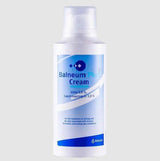





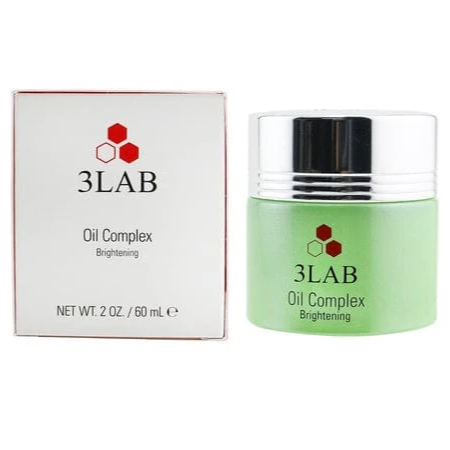

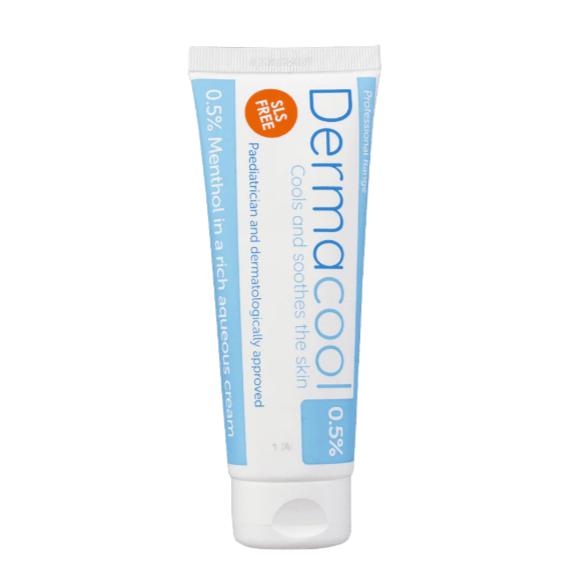



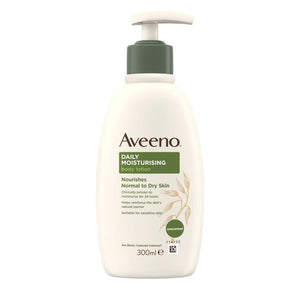





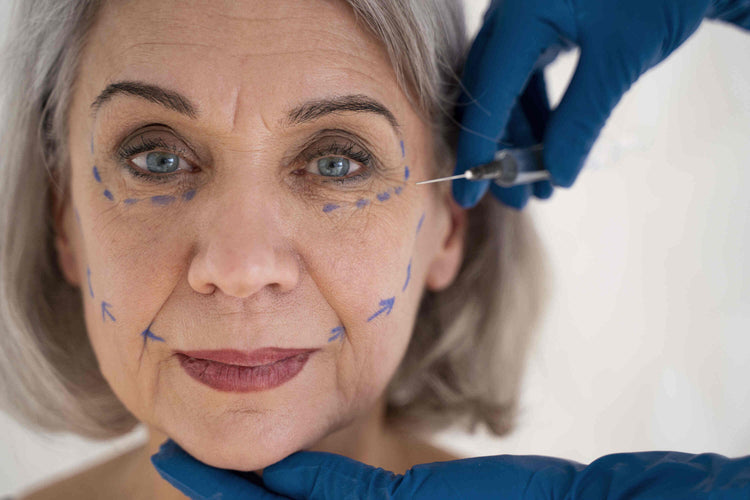
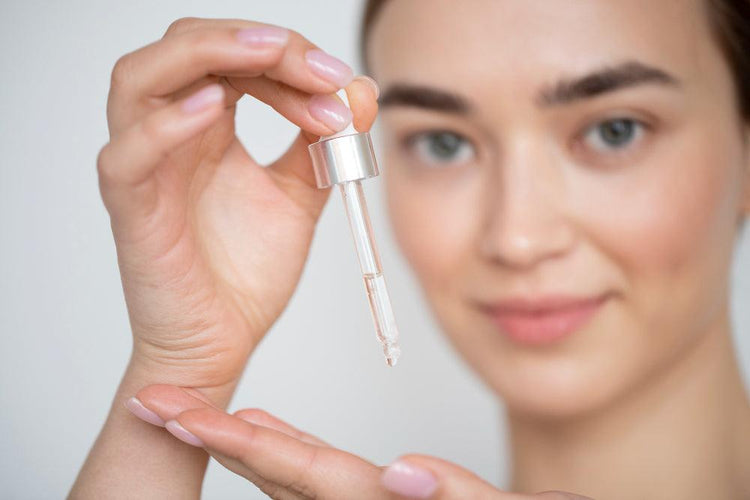




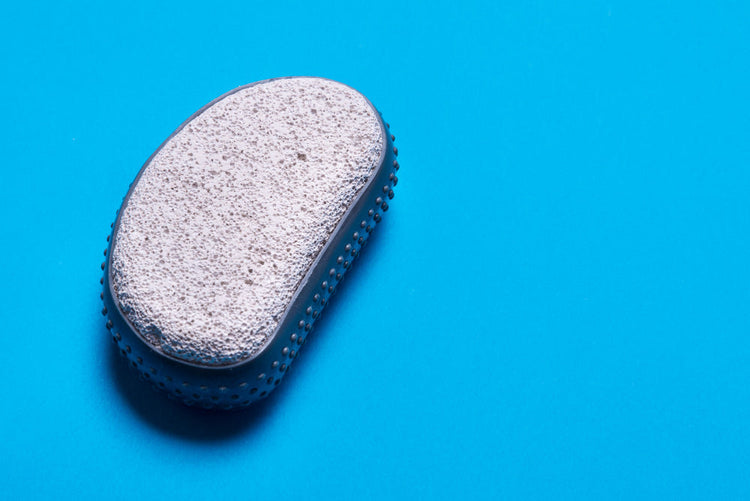
 Rated Excellent by 26,523+ Reviews
Rated Excellent by 26,523+ Reviews